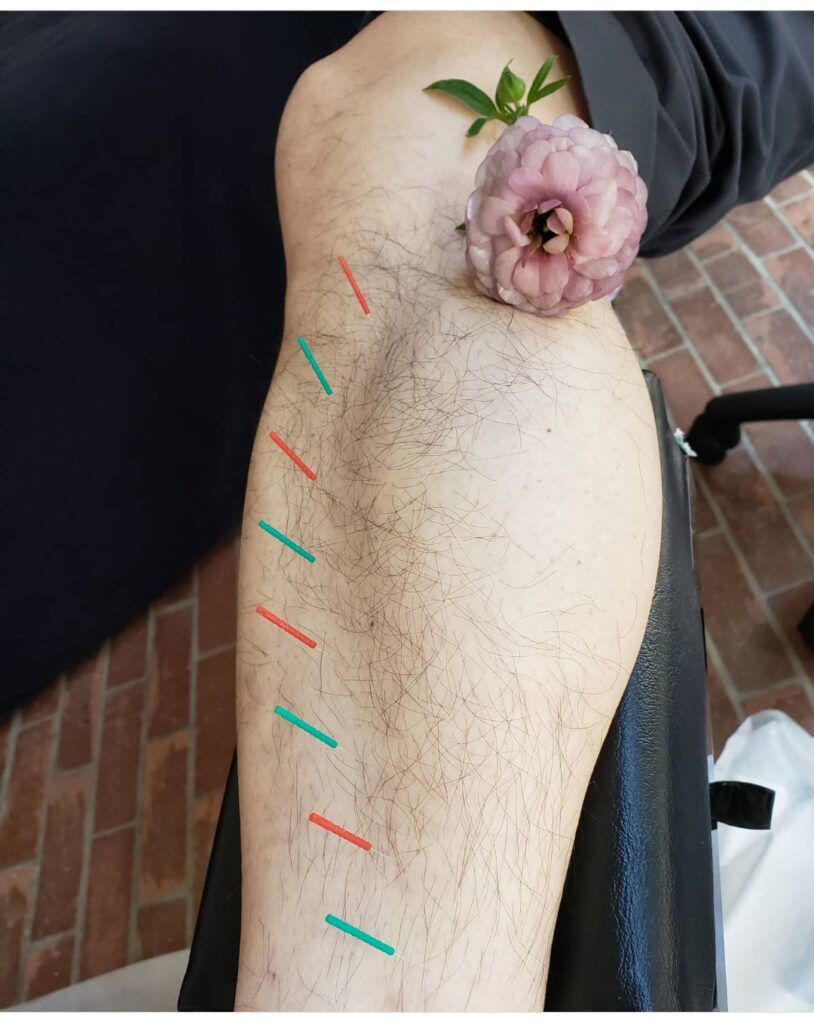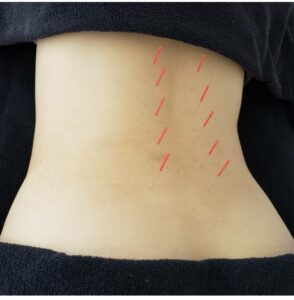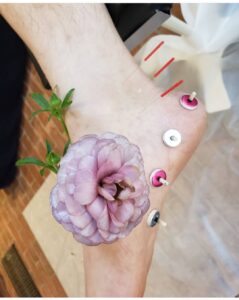ふくらはぎがつる
ふくらはぎは、主に下腿部後面の下腿三頭筋から構成されており、ひらめ筋と左右両側の腓腹筋から成ります。歩いたり走ったり運動するには、あるいは姿勢を保つには欠かせない筋肉です。ふくらはぎはまた、伸び縮みする際に血液を心臓に送り返す、いわばポンプの役割も果たしており、第2の心臓とも呼ばれています。
ふくらはぎは、激しい運動を行った後や、血行不良・冷えの影響などにより、痛みが生じることがあります。特に、突然ふくらはぎの筋肉が異常に収縮し痙攣すると、こむら返りになり、強い痛みが生じます。
また血行が悪くなると、足先やふくらはぎに栄養や酸素が十分供給されなくなり、つりやすくなります。大量の発汗による脱水状態や、血液中の電解質(ミネラル)バランスの失調によっても、筋肉がつるリスクが高まるようです。中高年や妊娠中の女性も、こむら返りを起こしやすいようです。
The calf consists mainly of the triceps muscle on the posterior aspect of the lower leg, which is composed of the soleus muscle and the gastrocnemius muscles on both sides. These muscles are essential for walking, running and exercise, or for maintaining posture. The calf also acts as a pump, so to speak, sending blood back to the heart as it stretches and contracts, and is also known as the second heart.The calf can become sore after strenuous exercise or as a result of poor circulation or cold. In particular, sudden, abnormal contractions and spasms of the calf muscles can lead to a limp and cause severe pain.Poor blood circulation can also result in inadequate supply of nutrients and oxygen to the toes and calves, making them more susceptible to hang-ups. Dehydration due to excessive sweating and imbalance of electrolytes (minerals) in the blood may also increase the risk of muscle cramps. Middle-aged and pregnant women are also prone to limpness.



